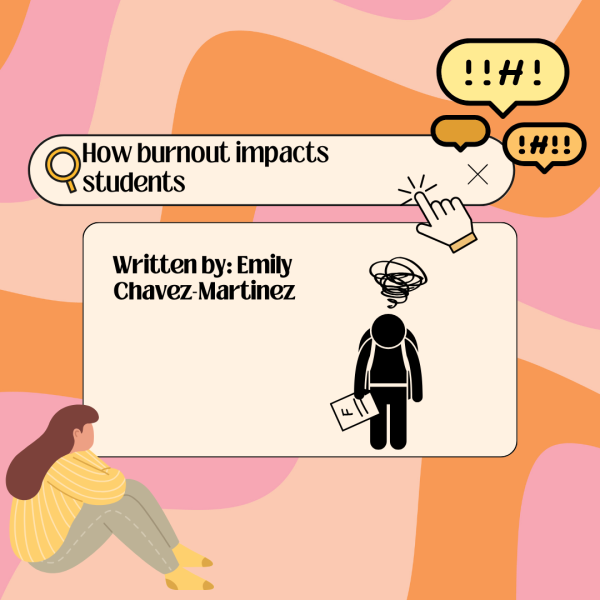Dissociation and How it Affects the Body, Mind, and Emotional Well-being of a Person
Dissociation, a disorder not commonly discussed in general practices, is actually more prevalent than previously thought, but is still quite rare.
Dissociation is, according to Better Health, “…a mental process where a person disconnects from their thoughts, feelings, memories or sense of identity.” This can affect almost every aspect of mental functions that a person uses daily, including their sense of self, identity, emotions, memories, perception, and even their behavior (American Psychiatric Association).
There are several different dissociative categories, which are dissociative amnesia, dissociative identity disorder, and depersonalization-derealization disorder (Mayo Clinic).
Dissociative amnesia is when someone does not remember important events, pieces of themselves, or even other people. These “episodes” are known to come on suddenly, the individual usually not even realizing it is occurring. They can last a few minutes to a few years in severe cases (National Alliance on Mental Illness).
The most common form of dissociative amnesia is when the individual loses a few minutes to about an hour, in which they usually still go about their daily tasks, but don’t remember doing them in that period of time.
For example, if a person is sitting in class taking notes and has an episode, they will likely still be following along and writing the notes. However, after the episode is done, they will not remember writing the notes.
Dissociative identity disorder is the detachment from an individual’s thoughts, feelings, emotions, and the environment around them. It is often described as seeing their lives through a movie or in a different perspective than their own, at times feeling as if their life and the world around them is fake (National Alliance on Mental Illness).
People who have this disorder often find themselves feeling as if they are stuck on another side of a glass wall, watching their lives through a distorted view. Others have said that they feel “fuzzy,” in which they have blurred vision and blank out from reality.
For example, if someone is walking down a hall, they can physically and visibly see themselves walking, but feel as if they actually aren’t.
Depersonalization-derealization disorder is when an individual alternates between different identities. It is described as the individual feeling as if numerous people are attempting to control their thoughts, emotions, and even actions, and can vary extremely differently from one another (National Alliance on Mental Illness).
This was commonly known as a split-personality disorder, but has officially been renamed, as it isn’t entirely a “split” in the individual. It is merely multiple segments of the person in which have domineering and usually overwhelming characteristics, which make it appear to the person as multiple people trying to control the same body.
For example, an individual with this disorder could feel as if they are not fully in control of their own actions, and someone else is guiding their body.
These disorders are correlated with a trauma response, commonly stemming from childhood trauma and/or tragic events that have happened throughout an individual’s life (Better Health).
The disorders, in response to the traumatic event, develop as a sort of “protection,” helping the person-usually a child or teen-cope with their feelings without addressing it, as the individual is likely unable to process their emotions at the time (American Psychiatric Association).
Dissociative disorders can be quite disruptive in a person’s life, as it can cause severe depression, anxiety disorders, difficulties sleeping, eating disorders, self-harm, suicide attempts, and other difficulties such as problematic drug usage (Better Health).
Diagnosing and recognizing dissociative disorders is quite difficult for doctors, however. Head trauma, a brain injury, or sleep deprivation can mimic the symptoms of amnesia. Other mental disorders-such as OCD, depression, PTSD, and anxiety-can display incredibly similar symptoms to dissociative disorders as well (National Alliance on Mental Illness).
Thus, with this in mind, most doctors testing for a dissociative disorder take into account the person’s background as well as culture. Nevertheless, it is taken on a case-to-case basis to ensure the best accuracy possible.
Treatment can also be a bit difficult, as it is also based off individual needs, but generally an individual with a dissociative disorder will have to use psychotherapy-otherwise known as talk therapy-as well as anti-psychotics to help control the symptoms.
A newer system could be implemented as well, which is the eye movement desensitization and processing (EMDR) system, which can help treat PTSD as well as other trauma-related disorders (American Psychological Association).
With this in mind, these disorders commonly develop in teens, so helping them receive care is extremely important, especially when helping teens receive the proper mental health care is critical to their development as well as their own identity (Mayo Clinic).
Only 2% of people in the United States have this disorder, but it is still important to educate ourselves on this topic (Cleaveland Clinic).
Some students at Dakota High School likely have one of the disorders mentioned above, so it could be beneficial to help out a potential classmate or even a friend, so don’t be afraid to educate yourself.
Your donation will support the student journalists of Dakota High School. Your contribution will allow us to purchase equipment and cover our annual website hosting costs.

Jade Lilly is a senior at Dakota High School. This is her first year writing for the Dakota Planet, but she has plenty of experience towards writing professional...










